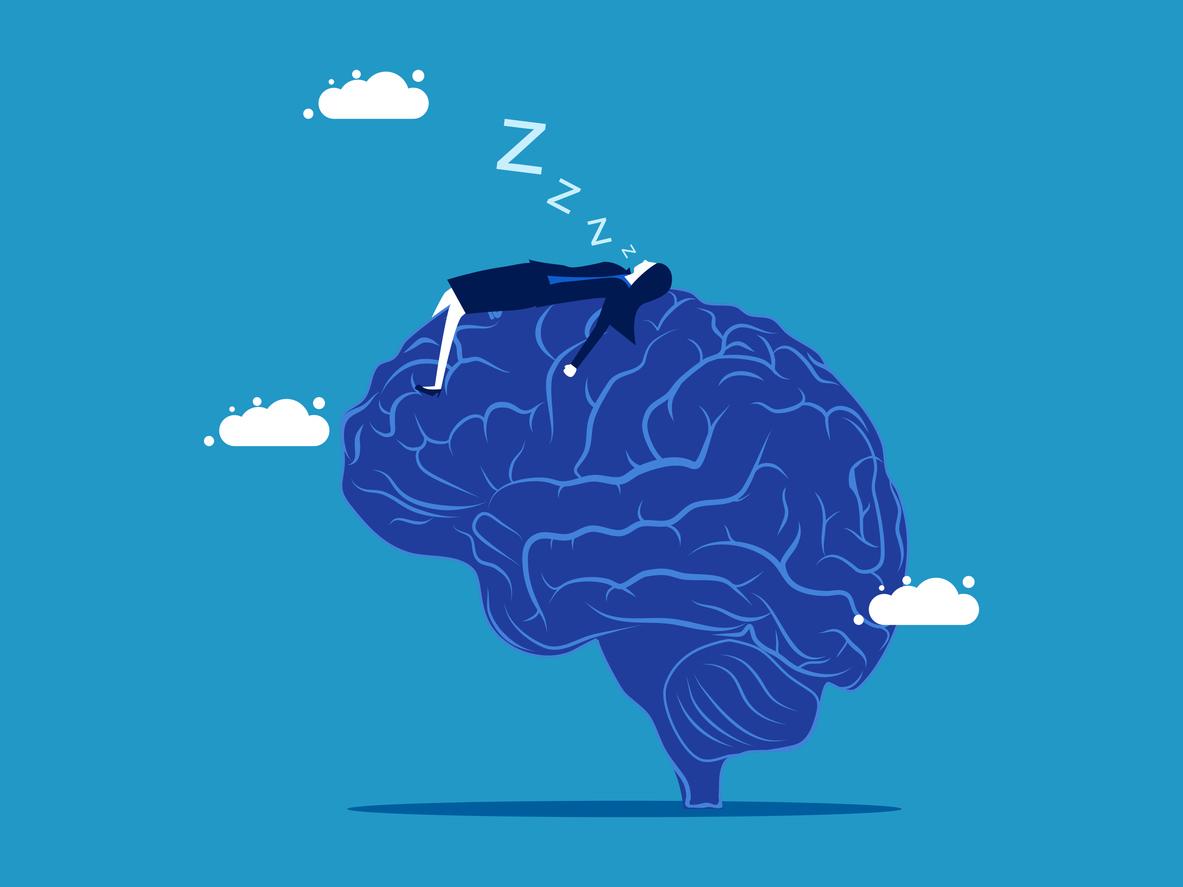Children and adolescents are particularly at risk from the waves. Indeed, unlike adults, their brain is still developing, their cranial box is less thick, and the risk of penetration of waves is greater. “Thus, mobile phones are suspected of having an impact on the neurological development of children, especially if their exposure starts young and is therefore longer. According to a study carried out on more than 13,000 Danish children aged 7 between 2005 and 2006, those who used a mobile phone before the age of 7 were up to 80% more likely to suffer from conduct disorder, hyperactivity and emotional disturbances. The risks are proportional to the time of use”, emphasizes Dr. Souvet.
Then pregnant women are also considered more susceptible. “The same Danish study concludes that the mobile phone would be dangerous during pregnancy: fetuses exposed to the waves would be 54% more likely to present behavioral problems in their lives”, continues the doctor.
Be careful during pregnancy!
As a precaution and caution, do not carry your mobile phone in operation in a pocket near your stomach: you must always keep it at least 50 cm away. We don’t use laptops or Wi-Fi connected tablets on our laps.
What is electrohypersensitivity?
Also called electromagnetic hypersensitivity,electrohypersensitivity (EHS), is a disease of adaptation to an environment increasingly invaded by electromagnetic fields. EHS people become intolerant of it. They are strongly disturbed in particular by the waves of cellphone, relay antennas, Wi-Fi, DECT cordless telephone, Bluetooth….
“Specialists are increasingly considering a close association with MCS syndrome (multiple chemical sensitivity). The two pathologies would be entangled. The symptoms experienced by EHS are diverse and vary from person to person: dizziness, headaches, memory and concentration problems, irritability, tingling, burning, muscle and joint pain, loss of sleep, rashes cutaneous…”, specifies Dr. Souvet.
“EHS begins with an awareness phase during high exposure to intense electromagnetic fields, such as electric arcs, driving locomotives, a radar accident; or during long-term exposure: residence near a relay antenna or a high voltage line. The second phase is the crisis period: the person becomes aware of the link between his symptoms and the exposure to electromagnetic fields. She then no longer has confidence in her environment and realizes that her life is going to be turned upside down (work, transport, housing, etc.). Symptoms due to this psychological shock then appear: anxiety, disarray, dejection. Or on the contrary, the awareness of the disease can be accompanied by the decision to face it with an active search for solutions. Finally, the last phase is the evolution: the condition of the patients can improve if the disease is correctly taken care of”, continues the doctor.
EHS is a pathology recognized by the World Health Organization. In Sweden, it is a disability, in England a disease, but the link with electromagnetic fields is not officially made. On the other hand, the European Parliament as well as several American and Canadian cities have recognized the physiological reality of this intolerance. This is also the case for many doctors around the world.
In France, the link with electromagnetic fields is not yet accepted by the public authorities. “It is estimated that approximately 5% of the population is today affected by this electrohypersensitivity. Hence the importance of keeping white areas, that is to say free of waves”, notes Pierre Le Ruz. Indeed, the only treatment for the moment is to eliminate exposure to these waves as much as possible.


















